When you reach for a glass of milk or piece of cheese, have you ever taken a moment to think about how these items made it to your fridge? As part of this, we have to understand what happens to non-replacement dairy calves, including bobby calves, and some of the animal welfare concerns that this can involve. This month, we’re focusing on what dairy production means for these calves and highlighting why increasing their value can improve their quality of life.
For cows to produce milk they must give birth to a calf. In the dairy industry, calves are separated from their mothers within 24 hours of birth, and while three quarters of the female calves are then raised to replace the dairy cows in the milking herd, all male calves and approximately a quarter of female calves are considered surplus in the dairy industry. These calves are known as non-replacement dairy calves.
Predetermined to be a by-product of the dairy system, from the moment they are born these calves could have very short lives, with bobby calves going to slaughter from just five days of age.
But there are other options for these calves, such as raising them for veal or beef, which gives farmers an avenue to increase their value and motivates them to rear them. Creating a market with consumer demand for veal or beef from these animals has the potential to help reduce the number of calves who are treated as by-products of dairy farming.
To improve the quality of life of these dairy calves, the RSPCA has developed a detailed, science-based Standard for Non-Replacement Dairy Calves. Focused on providing a better quality of life for these calves, the Standard considers their needs, all of which are reflected in the 319 requirements. Good animal welfare relies on meeting an animal’s physiological needs, good stockpersonship, low-stress handling and providing for behavioural needs along with the opportunity for positive experiences.
RSPCA’s Standard for Dairy Calves requires a number of farming practices above legal minimum requirements including:
- Group housing for socialisation
- Providing calves with sufficient space to play in the company of other calves
- Enough milk to prevent hunger and competition at the feeder
- Teat feeders to satisfy the need to suckle
- Roughage to promote chewing and rumination and to express foraging behaviour
- Good quality bedding to allow for thermal comfort and nesting
- Adequately ventilated sheds with natural light cycles and enrichment
- Environmental enrichment such as long hay
- Access to a paddock from eight weeks of age
Sadly, at this point in time no dairy calf producer has RSPCA Approved certification against the Standard. If they did, then our team would be regularly assessing their sites to ensure conformance with the Standard, leading to a better quality of life for these animals.
But while we continue to engage with the dairy industry to achieve positive welfare outcomes for non-replacement dairy calves, bobby calves and other dairy cattle, as conscientious consumers, you can contact producers and brands and let them know you support better welfare for dairy cattle.
Interested in reading more?

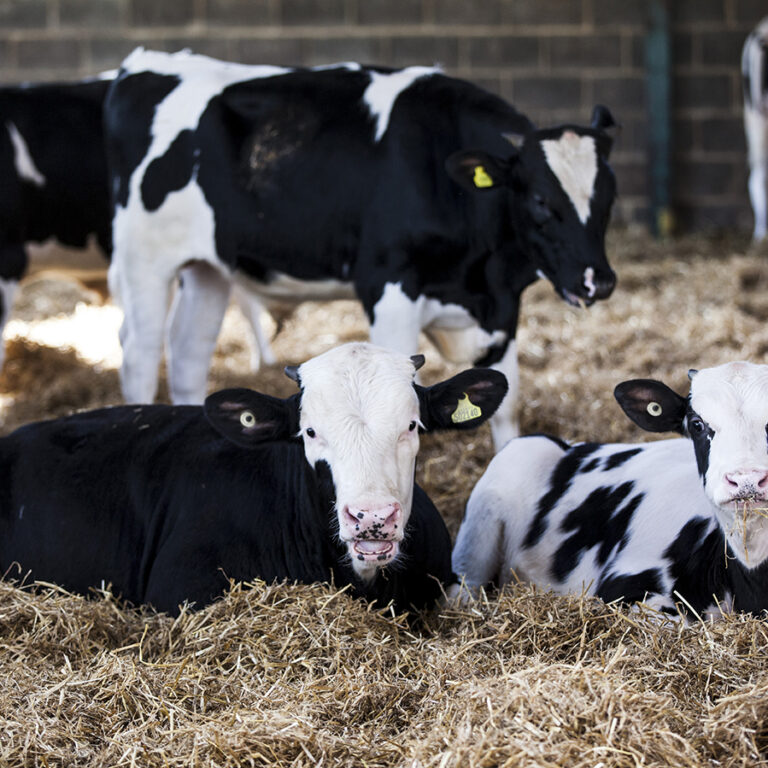
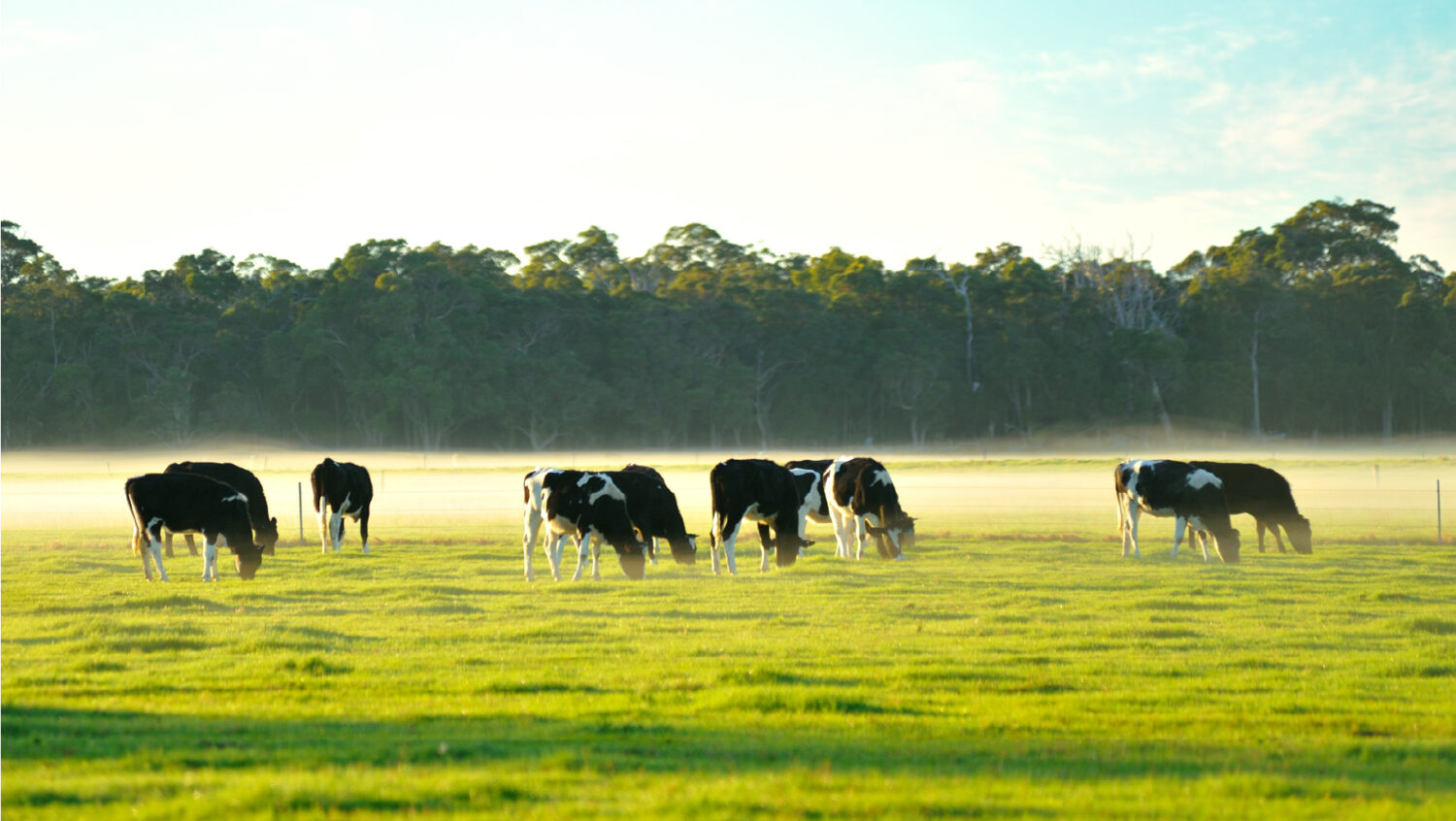

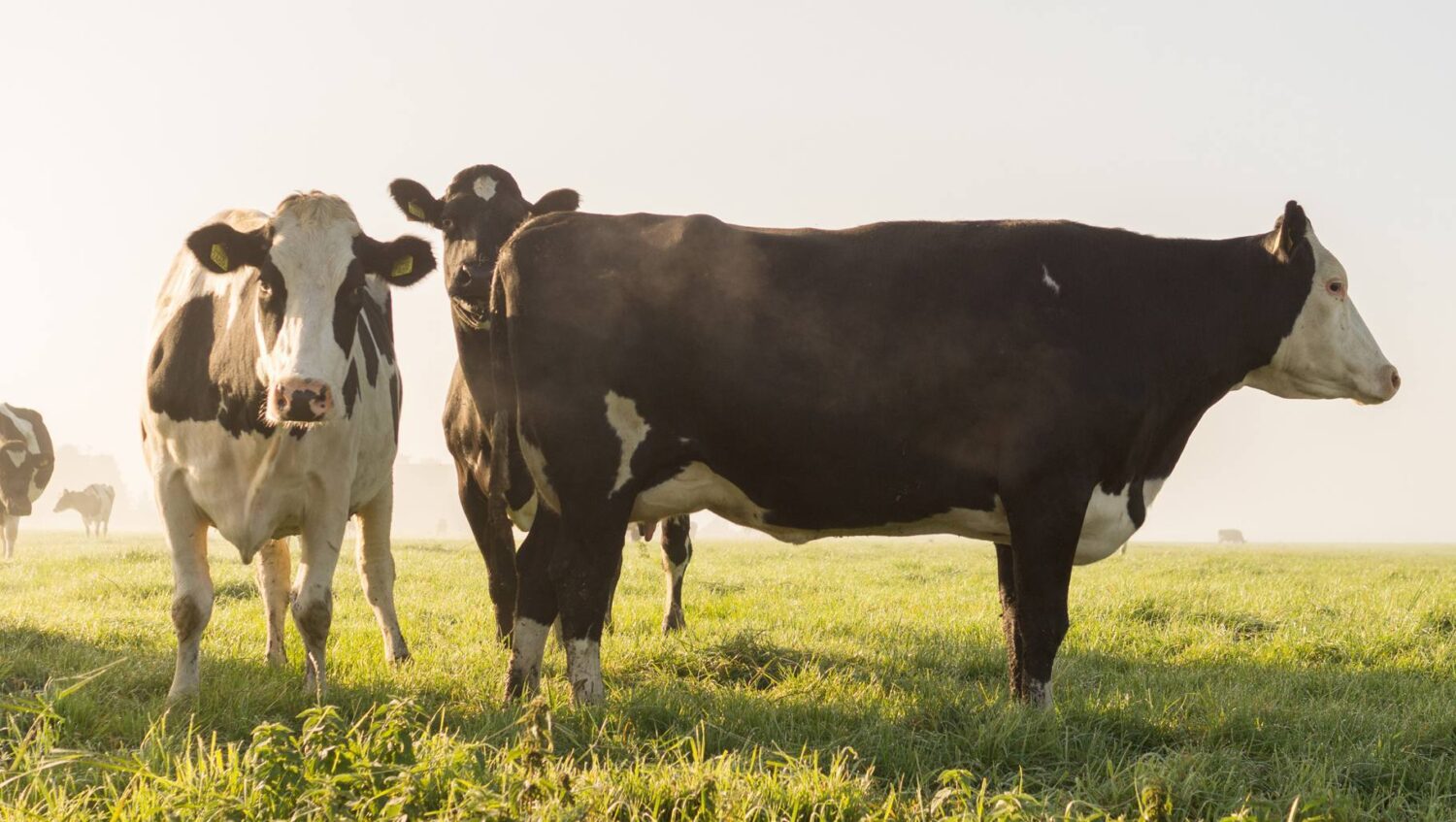
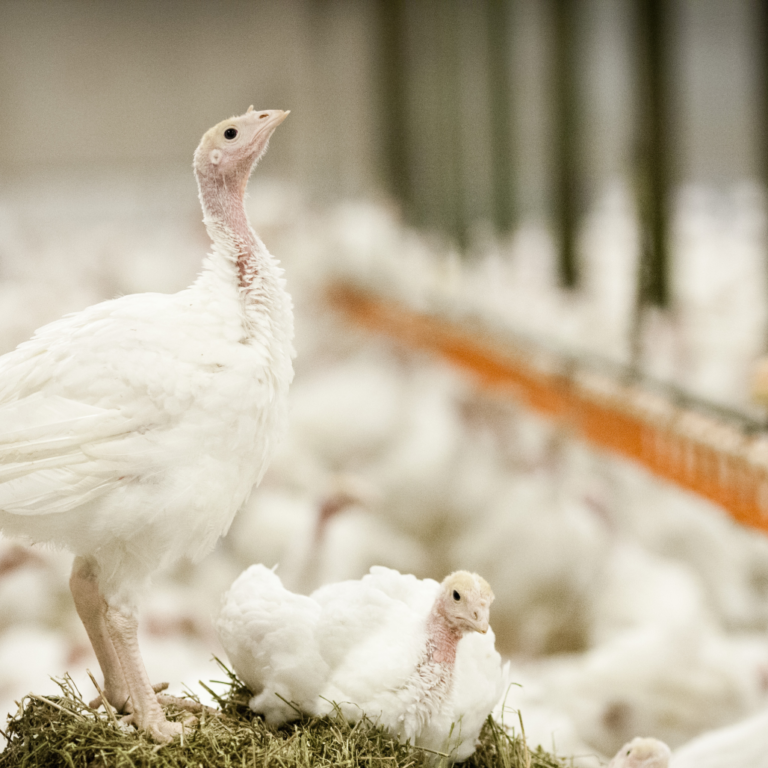
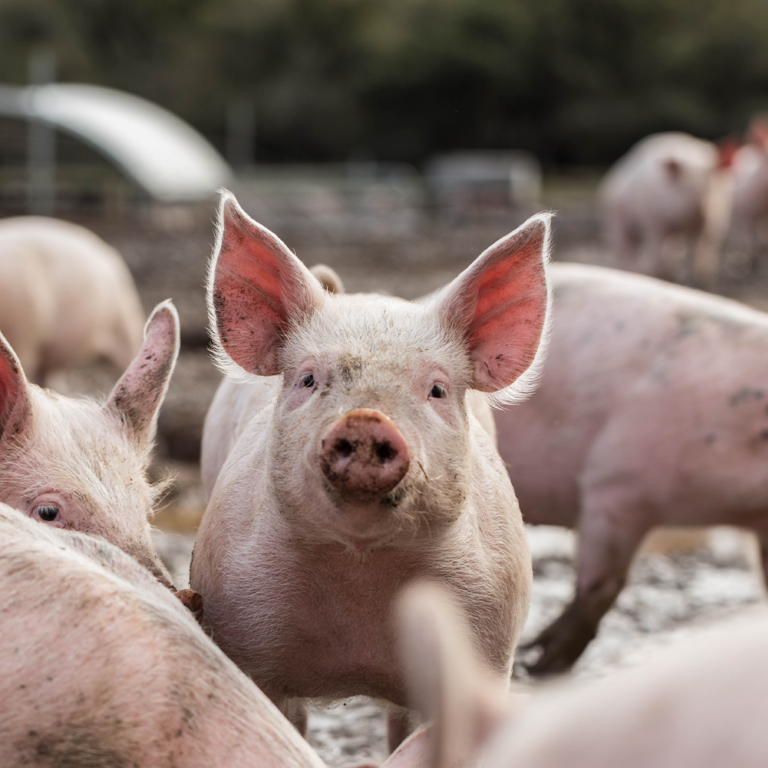
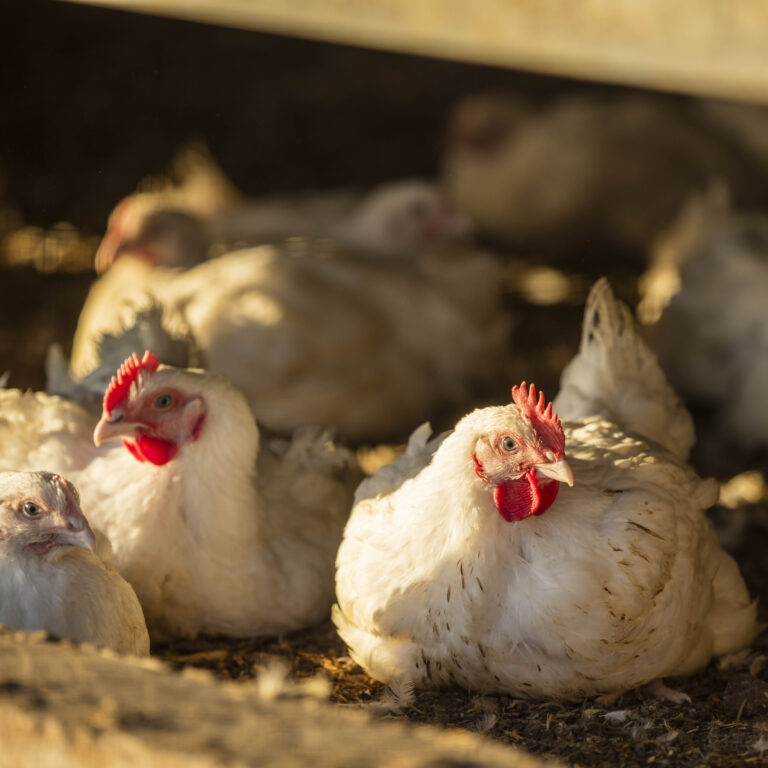
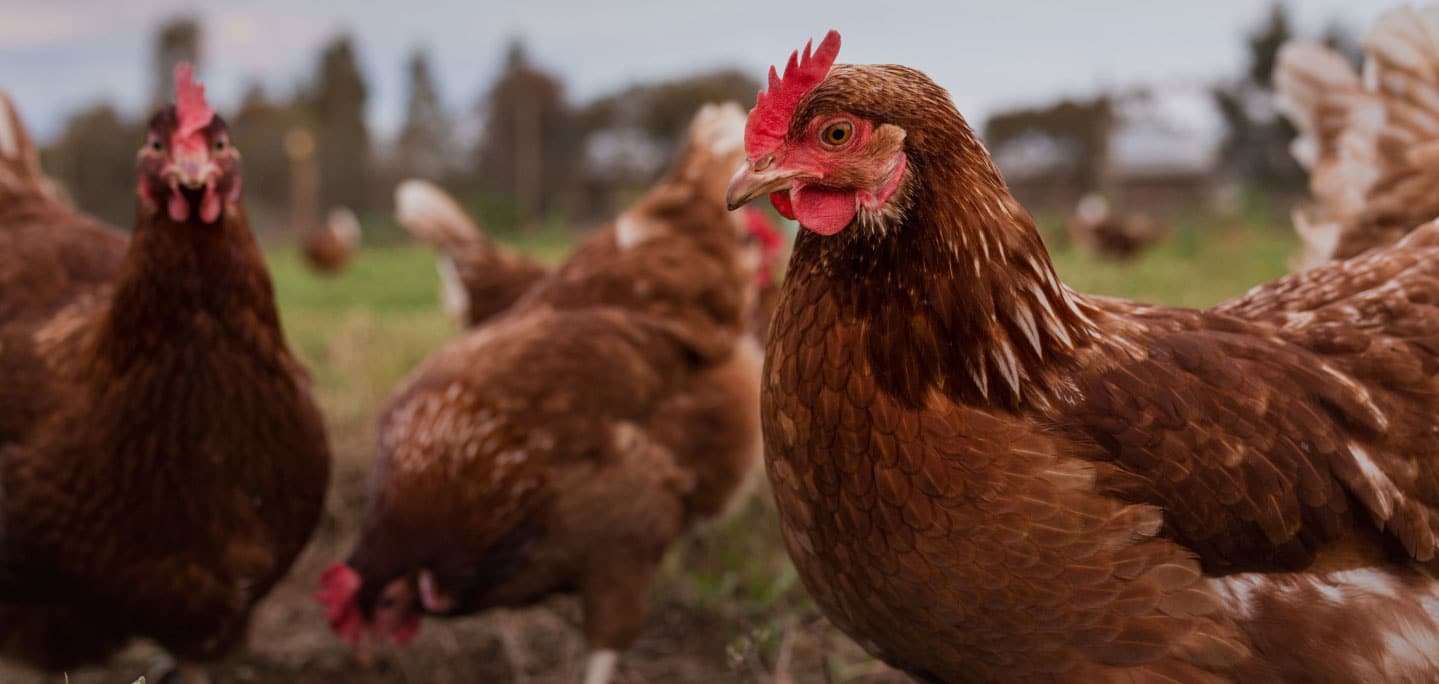

2 Comments
2 responses to “What Are Non-Replacement Dairy Calves, and What Can We Do About Their Welfare?”
sounds impressive
Helen
How can consumer demand for ethically-raised veal or beef from non-replacement dairy calves help improve their welfare and reduce the number of calves treated as by-products in the dairy industry? Regards Telkom University Jakarta